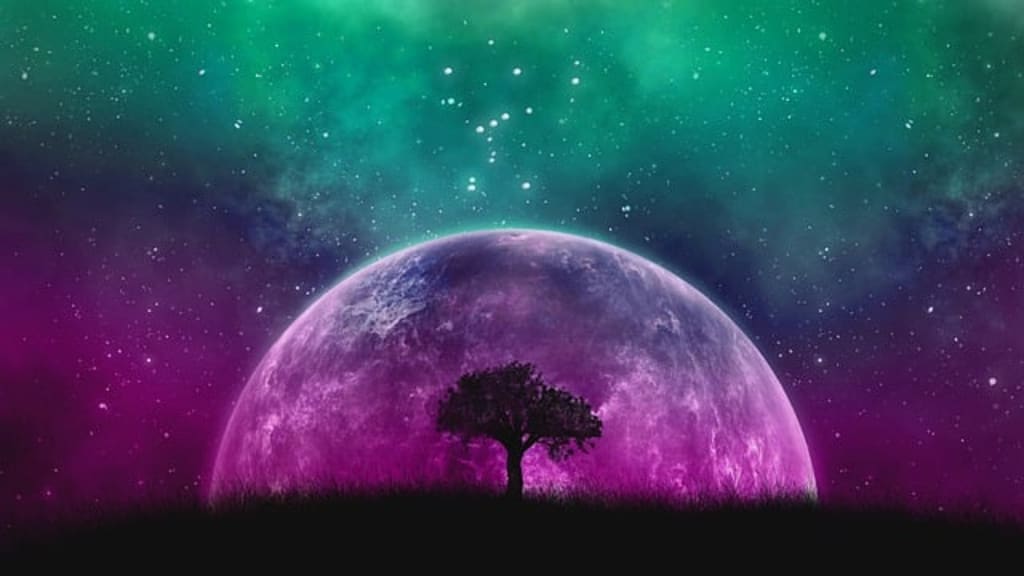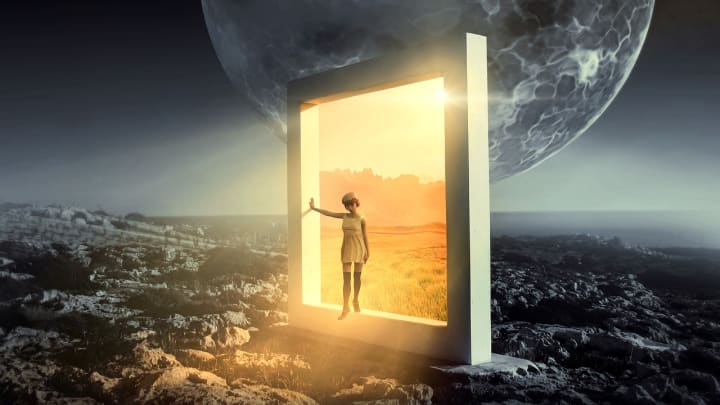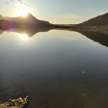Darkside of the Moon
Why we have never seen it?

The Dark Side of the Moon: A Mysterious Enigma of the Universe
The Dark Side of the Moon has been a subject of fascination and intrigue for centuries. This enigmatic region of our celestial neighbor, Earth's moon, has captivated the minds of scientists, astronomers, and ordinary people alike. But what exactly is the Dark Side of the Moon, and why is it shrouded in mystery? Let's explore the secrets hidden within this cosmic phenomenon.
Contrary to popular belief, the term "Dark Side of the Moon" does not refer to a literal absence of light. Instead, it describes the side of the moon that perpetually faces away from Earth. Due to a phenomenon called tidal locking, the moon's rotation is perfectly synchronized with its orbit around Earth, causing one side to always remain hidden from our view. This perpetual darkness has given rise to countless myths and speculations throughout history.

One of the greatest mysteries surrounding the Dark Side of the Moon is its stark difference in appearance compared to the visible side. The visible side is pockmarked with craters and maria, large dark plains formed by ancient volcanic activity. In contrast, the Dark Side is predominantly covered in craters, with fewer maria. This asymmetry has puzzled scientists for years, leading to various theories about its geological composition and formation.
Exploration of the Dark Side of the Moon began in the late 1950s with the Soviet Union's Luna missions and later continued with NASA's Apollo program. The Apollo 8 mission in 1968 provided humanity's first-ever glimpse of the Dark Side, capturing stunning images that ignited our curiosity. Subsequent missions, such as Apollo 11 and Apollo 17, further expanded our understanding of this enigmatic region.
Despite these advancements, much of the Dark Side of the Moon remains unexplored. The lack of direct communication with Earth due to its positioning poses significant challenges for missions. Additionally, the absence of direct sunlight makes it difficult to harness solar energy, limiting the duration of missions. These obstacles have hindered further exploration and left many questions unanswered.

In recent years, however, technological advancements have allowed for new opportunities to study the Dark Side of the Moon. China's Chang'e missions, named after the Chinese moon goddess, have successfully landed spacecraft on the far side, providing valuable data and images. These missions have shed light on the geological differences and potential resources present on the Dark Side, reigniting interest in further exploration.
The Dark Side of the Moon continues to captivate our imagination and beckon us to unravel its mysteries. As we push the boundaries of space exploration, it is only a matter of time before we unlock the secrets hidden within this celestial enigma. Until then, the Dark Side of the Moon will remain a symbol of the vast unknown, reminding us of the limitless wonders that lie beyond our reach.

In conclusion, the Dark Side of the Moon is an awe-inspiring cosmic phenomenon that continues to intrigue and mystify us. Its unique characteristics and unexplored territories make it a subject of fascination for scientists and space enthusiasts alike. As we strive to unravel the secrets of the universe, the Dark Side of the Moon stands as a testament to the boundless wonders that await us in the vast expanse of space.

Contrary to popular belief, the moon is not a dormant object. Seismic activity, known as moonquakes, has been detected, although they are significantly weaker than those on Earth. These quakes are believed to be caused by tidal forces exerted by Earth's gravitational pull. Additionally, evidence of past volcanic activity, such as lava tubes and ancient volcanic deposits, suggests that the moon was once geologically active.
For a long time, it was believed that the moon was a dry and desolate place. However, recent discoveries have challenged this notion. In 2009, NASA's Lunar Crater Observation and Sensing Satellite (LCROSS) mission detected significant amounts of water ice in permanently shadowed craters near the moon's poles. This finding not only has implications for future lunar exploration but also raises questions about the moon's history and the possibility of sustaining human life there.
About the Creator
Zen Relax Tube
Knowing and understanding your strengths and weaknesses can be a significant advantage in both personal and professional settings. Recognizing and leveraging your strengths can help you excel in various aspects of life.






Comments
There are no comments for this story
Be the first to respond and start the conversation.